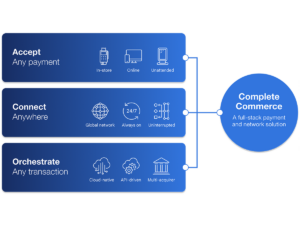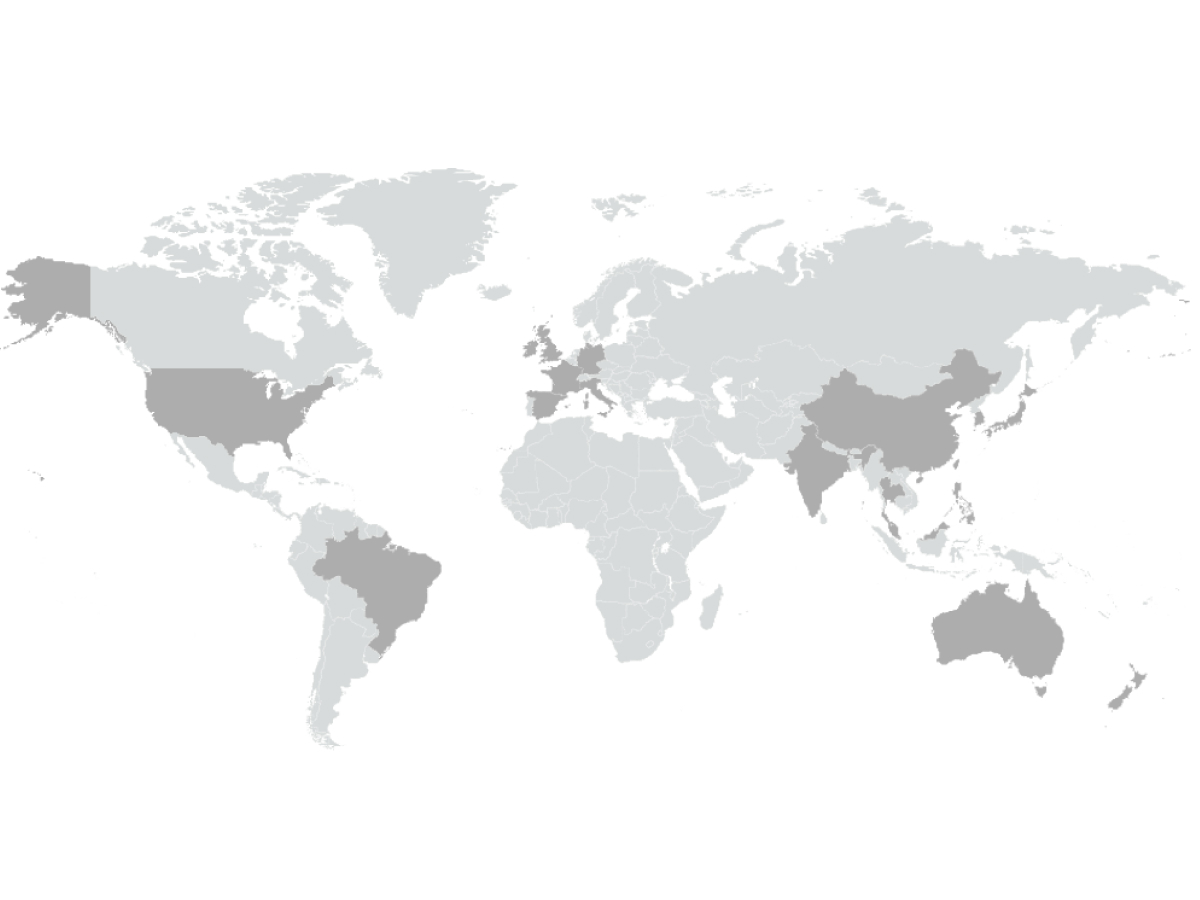Financial Clearing House (FCH) has long been a fundamental function of roaming based on standardized processes from the Global System for Mobile Communications Association (GSMA), the organization that represents the interests of mobile carriers worldwide. Financial Clearing and Settlement is the process of determining how roaming is cleared and settled among mobile network operators. FCH solutions enable businesses to track payables and receivables effectively by reducing organizations’ collection efforts, and to improve operators’ profitability by chasing debt more effectively.
Traditionally, most Tier-1 operators bundled their FCH providers with their Data Clearing provider since there were few operator incentives to split services or migrate. The consolidation of financial clearing houses through years of mergers and acquisitions has left a once saturated market much denser. While it used to be common for operators to remain with one service provider, new use cases have driven mobile operators to change their wholesale business models bringing about an increased number of migrations to financial clearing providers with more robust add-on features and reporting.
In the past, operators simply charged by megabyte usage and total minutes. New innovative FCH features provide operators with a completely transparent, internet-based platform that simplifies roaming business reporting while simultaneously improving roaming revenue for operators.
Then/Now of Roaming Billing
Prior to the introduction of Internet-of-Things (IoT), Machine to Machine (M2M) and 5G, the telecom industry had used the Transferred Account Procedures (TAP) for roaming billing and settlement needs since the 1990s and was able to address the challenges of retail and wholesale billing at the time. But, IoT, M2M and 5G technologies are too complicated for TAP and have rendered the rigid process of the past obsolete.
Mobile carriers’ roaming reporting processes are becoming more complex due to these more sophisticated use cases. Operators need solutions that can charge differently based on device, user behavior and roaming rather than simply charging by megabyte usage and total minutes. FCH reporting tools offer more clarity and visibility into usage segmentation enabling operators to identify the application and behavior of the device pinging their network. More accurate reports and increased visibility into network usage provide a ripe opportunity for mobile operators to increase their revenue.
As such, operators and FCH solutions have opted for a new process called Billing and Charging Evolution (BCE). BCE was developed specifically for the future of roaming operations and includes new reporting functions based on data usage, billing statements and detailed data. BCE has become the new standard within the GSMA. However, like any standard, it will take time to implement globally.
Mobile operators are now increasingly likely to switch their FCH providers to ones that support the latest technologies and offer superior service. The opportunity cost for operators failing to find ways to bill for these modern technologies is too high. Non-standard implementations will lead to disparate formats and be inefficient for mobile operators to support.
Why Would Operators Switch Service Providers?
Operators that switch FCH service providers are doing so for three main reasons:
First, they want improved service. A mobile operator must offer quality operations and have demonstrated the willingness to invest in critical new technologies – like data analytics tools. Financial clearing companies that invest in new and innovative reporting technologies and features will help operators bridge the gap from 3G to 4G to 5G and beyond.
Second, operators want a partner that champions innovation. A roaming tool that comes with enhanced recording capabilities and advanced clearing features is just the start. Platforms that are equipped with data management and problem-solving solutions are critical as well.
Finally, operators need next-generation technical support. Without a roaming service provider that can offer solutions that segment out roaming cases by M2M, IoT and 5G, an operator will be left behind.
With New Technologies Come Easier Solutions
Let’s take a moment to illustrate how these new challenges, opportunities and technologies all come together at once. A perfect example is a ship located in a foreign port. Onboard, there are multiple shipping containers. Once docked, each shipping container device begins to ping the operator’s network constantly, which takes up network resources and can cause network congestion. Using TAP, these location updates from the container are not billable to the home operators. Without FCH and DCH advanced analytics and reporting, operators would not have the visibility and mechanism to bill for that network usage. Only with greater visibility into network usage can they charge by the device (shipping container), technology (IoT) and behavior (every time the container pings the network it’s roaming on).
These additional insights into who and what is roaming on an operator’s network is an invaluable source of information as operators look to increase their profit margins. The saying “work smarter, not harder” has never been more apt in 2020. Organizations that equip themselves with next-generation tools designed to improve business performance are more likely to succeed than the businesses that refuse to evolve and remain stuck in the past.
Nina is Director of Product Management at TNS, with specific responsibility for roaming product strategy and development. She can be reached at solutions@tnsi.com.






